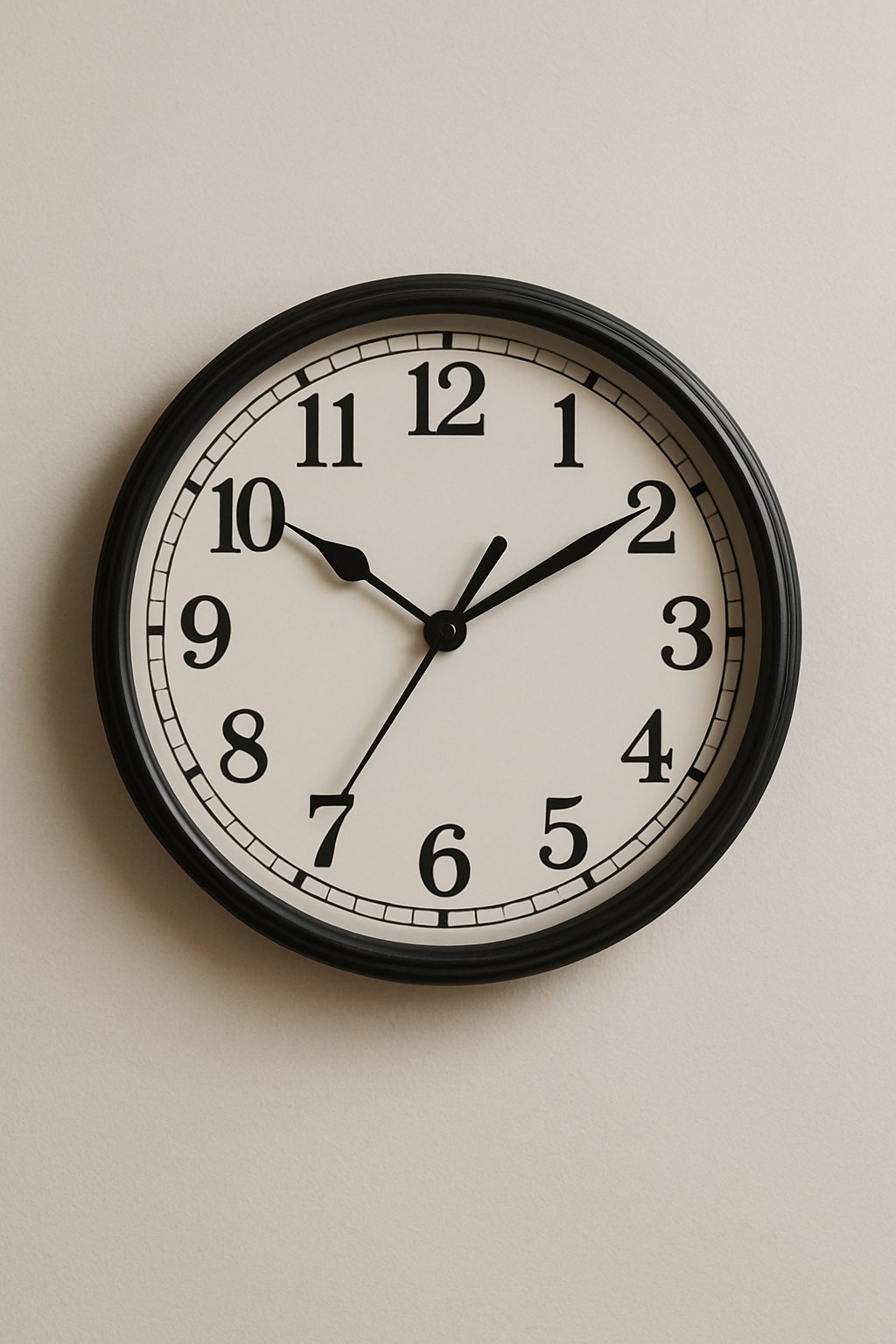How long does a court hearing take in the Netherlands?

One of the most common questions expats have before attending court is: how long will the hearing take? The answer depends on the type of case, its complexity, and how the hearing unfolds. While courts do follow planning guidelines, there is always room for flexibility when needed.
Court hearings are scheduled in advance
When the court sets a hearing date, they also decide how much time will be needed based on:
- The type of case (e.g. divorce, tenancy, employment),
- The complexity of the legal issues, and
- Whether both parties have legal representation.
This scheduled time is included in the court letter that parties or their lawyers receive. The letter confirms:
- The court date,
- The address of the court,
- The name of the judge(s) handling the case, and
- The planned duration of the hearing (e.g. 45 minutes, 90 minutes, etc.).
If the scheduled time seems unrealistically short, the lawyer can contact the court and request more time. In practice, this is rarely necessary, as courts usually plan realistically.
What if I need an interpreter?
As discussed in a previous article, having an interpreter does not significantly delay the hearing. Most court interpreters work simultaneously, meaning you can follow the hearing in real-time through headphones. This allows the case to move at a normal pace.
The case takes as long as it takes
While a schedule is in place, the court will not rush through the case just to stay on time. From a Dutch legal perspective, it is important that all parties feel properly heard. That said, the judge may step in if:
- The discussion becomes repetitive, or
- One party continues speaking without adding anything new.
Judges usually remind the parties that they have read the full file and want to focus on what still needs clarification or explanation. The goal is to answer any remaining questions and understand what the parties feel, want, or need. To achieve that, the judge must give them room to speak.
This sometimes means that a hearing runs longer than expected. When this happens, the next case will start later, and judges often spend the rest of the day catching up, sometimes even cutting into their own breaks.
Breaks during the hearing
In most cases, there are no formal breaks for eating, drinking, or using the restroom during the hearing. However, there may be a break for negotiations.
During this break:
- The parties may leave the court room and try negotiating with each other in the hallway (usually with their lawyers).
- The judge may give a hint or suggestion about what might be a reasonable outcome.
This type of negotiation is confidential and should not be shared in court afterwards. Once parties return to the courtroom, the judge will simply ask: Did you reach an agreement or not?
This break is also a good time to:
- Use the toilet,
- Grab a quick drink, or
- Take a short moment to breathe.
Food, drinks, and water
Eating is not allowed inside the courtroom. Water is sometimes available, but not always. You are allowed to bring your own water bottle, which is helpful if you expect to speak or feel nervous during the hearing. Avoid bringing cups, thermoses, or snacks, as these are not permitted.
Conclusion
Court hearings in the Netherlands are scheduled based on the court’s planning guidelines, but they take as long as needed to ensure fairness. Judges aim to keep to the schedule, but if a case requires more time, they allow it – especially when people need space to speak. There are rarely formal breaks, but negotiation breaks can offer a short pause. If you’re prepared and know what to expect, you’ll be able to focus on what matters most: being heard
Disclaimer: The information provided on this website is for general informational purposes only and is not legally binding. Although we strive for accuracy, the content may contain errors. If you notice any mistakes, please let us know by contacting us via the contact form located at the bottom of the page.
Picture : Created by Sora/ ChatGPT

